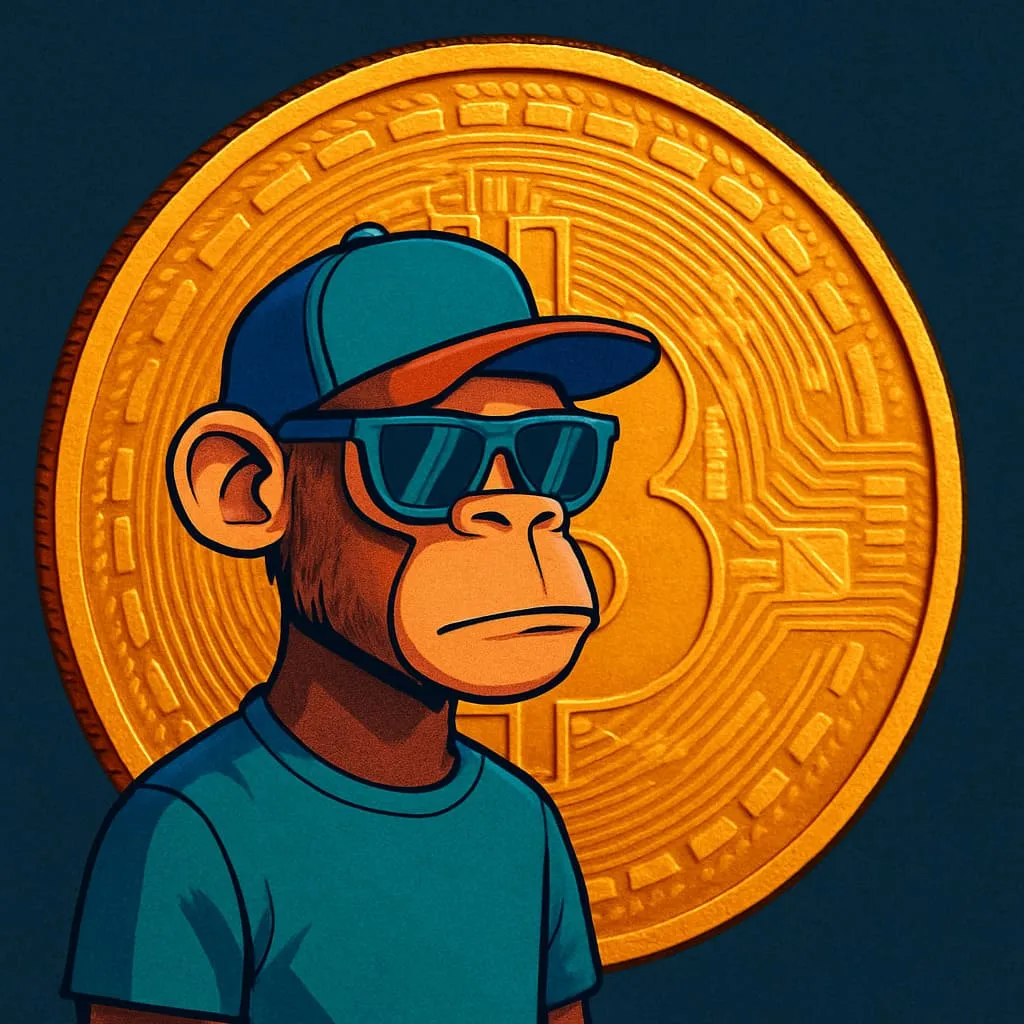
How NFT Projects Generate Profit
1. Introduction
In March 2022, the NFT game project Axie Infinity was hacked, resulting in the loss of $600 million. The hackers gained control over the bridge between Ethereum and the Ronin Network, siphoning all user funds from the platform. Just eight days later, Axie’s parent company Sky Mavis announced it had successfully raised $150 million and committed to fully compensating users affected by the attack. This raised an important question: How were they able to raise such a large amount in such a short time?
2. Revenue from NFT Sales
In 2021, Axie Infinity generated $1.3 billion in revenue — an impressive figure for a young Vietnamese startup — thanks to the sale of hundreds of thousands of NFTs. The total recorded transaction volume reached $4 billion.
Axie wasn’t alone. Many other NFT projects also grew rapidly and reached a wide audience. However, this explosive growth sparked controversy. Some viewed NFTs as a key part of the future digital economy, while mainstream media often focused on negative stories, portraying NFTs as scams masked by technology and art.
Despite the controversy, it only seemed to increase awareness of NFTs rather than threaten their existence. NFTs gradually became mainstream and embedded in popular culture. According to a Finder report, over 240 million people worldwide have owned NFTs. In the U.S., this number is 6.6 million, while in Vietnam, it’s 6 million.
Recognizing this massive reach, in March 2023, coffee giant Starbucks launched its first NFT collection. Branded as a limited-edition set of "stamps" called The Siren Collection, all NFTs were sold out shortly after being listed.
Similarly, major global brands have begun releasing their own NFT collections, including Adidas, Nike, Tiffany, Gucci, Budweiser, and McLaren, among others.
3. How NFT Projects Generate Profit
On March 5, 2021, former Twitter CEO Jack Dorsey sold the platform’s very first tweet as an NFT, earning $2.8 million. The NFT craze peaked when a digital artwork by Beeple sold for $69 million, attracting widespread attention from studios and artists alike.
NFTs have become an ideal solution for digital products, thanks to their uniqueness, non-replicability, and blockchain-based verification. Some NFT collections, like Cryptopunks, saw prices skyrocket from a few dozen dollars to over $10 million. Each NFT can only be owned by one wallet at a time, and every transaction is transparent and verifiable.
NFTs not only empower artists to sell their works globally but also extend into areas like sports, music, real estate, and more. Each sector finds its own way to extract value from NFTs. In today's digital age, where people spend most of their time online, collecting and showcasing digital assets on social media has become a new cultural trend.